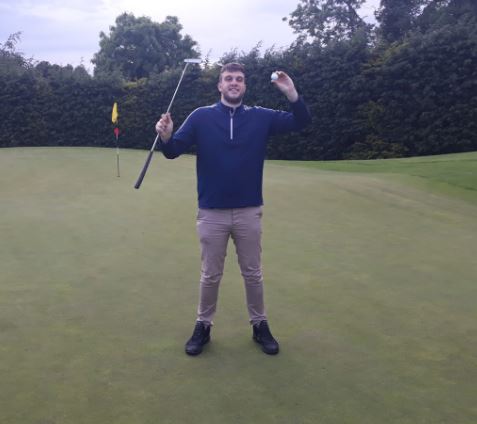Top Tips For Beginner Golfers To Help You Navigate Your Way Around Any Course

The mechanics of a golf swing, coupled with a bible of rules, makes golf a daunting sport to take up.
Many newbies feel unwelcomed or threatened in the Country Club environment, which is why I have compiled my top tips for beginner golfers.
The purpose of this post is to empower beginners to confidently navigate the course by better understanding equipment, rules and etiquette. If you apply the advice provided in this article, the snobs at the Country Club will accept you in no time.
General Tips For Beginners
The best way to improve your knowledge of the game is to learn as you play.
However, there are a few vital steps to take before you are equipped to step onto the first tee. Let’s take a look at them.
1. Get The Right Equipment As Quickly As Possible
Driver
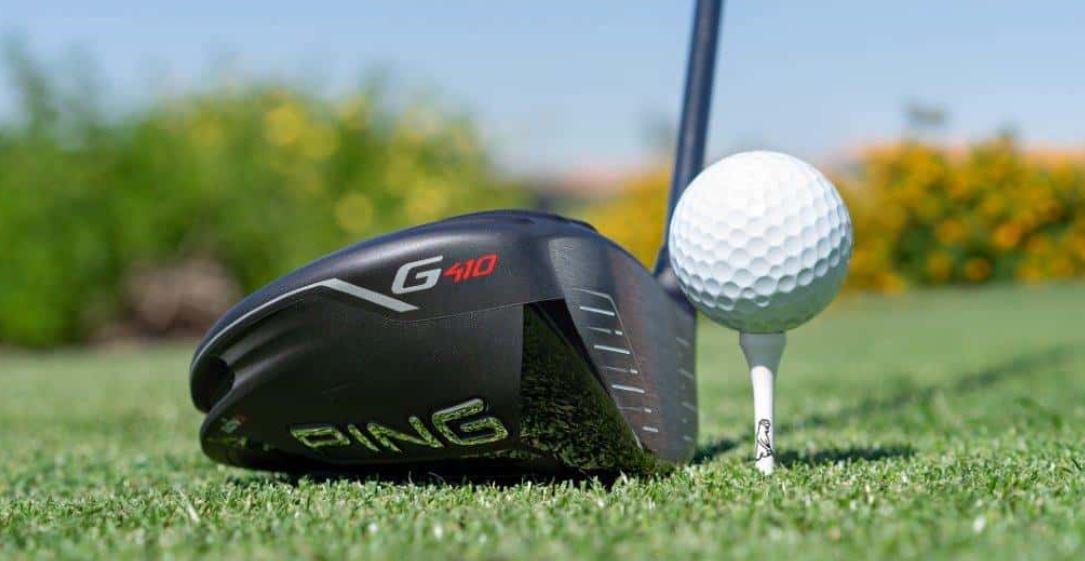
Before you head off to buy your first set of clubs, I suggest visiting a fitting professional to help you identify the best driver and irons for your game.
However, if you can’t fit it into the budget, you can consider the below tips.
According to Golfweek’s Jackson Lewis, you should use a driver loft between 7 to 9 degrees if your clubhead speed exceeds 105 mph.
Those who swing between 95 to 104 mph may extract more value from a 10 to 12.5-degree loft. The weaker the loft of a driver is, the easier it is to get your ball airborne.
The second factor to consider is the flex of your shaft. Golf.com’s Zephyr Melton explains that players with faster swing speeds suit extra stiff flex shafts, and slower swingers should stick to senior and ladies flex.
As a beginner, it also makes sense to acquire a driver with adjustable weights and loft to help you play around with varying setups. That is the quickest way to figure out what works best for you off the tee.
Irons

Golf irons are divided into two predominant categories, blades and cavity backs. Blades feature a compact profile and produce minimal forgiveness, which is why beginners should absolutely steer clear of them.
Cavity backs are associated with game improvement technology and allow manufacturers to implement perimeter weighting. This produces a wider sweet spot to deliver optimal forgiveness and ball speed on mishits.
As beginners, I suggest sticking to super game improvement irons to maximize your distance and accuracy from the fairway.
Putter
Although there are hundreds of different putter design’s they are mainly categorized as blade’s or mallets.
Mallet putters provide increased forgiveness and control on off-centre strokes.
However, blades produce an exceptional feel and optimal distance control on longer putts.
Golf Bag
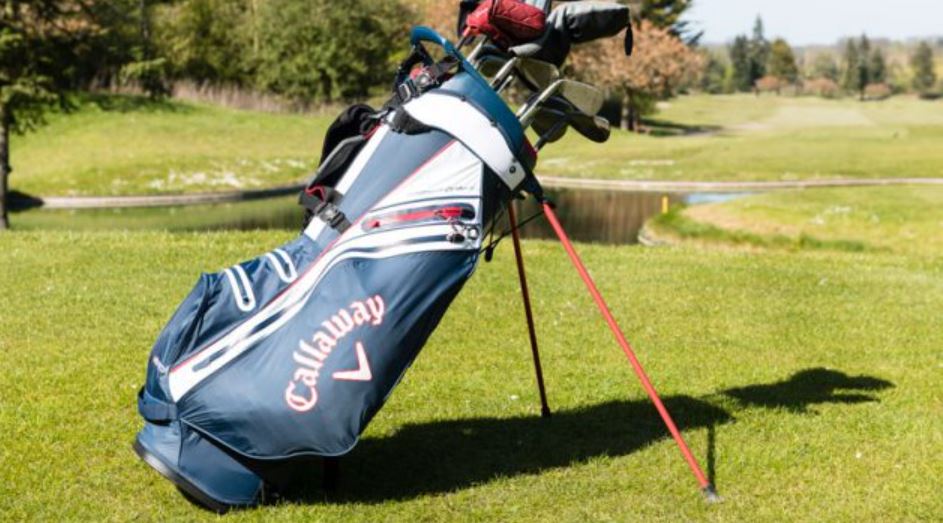
Three main golf bag categories exist, carry, cart and staff bags.
I recommend a carry bag if you intend walking around the course, otherwise a cart-bag for those who own a buggy.
The carry bags are light and ergonomically designed, whereas cart bags provide optimal storage space to carry all your accessories.
2. Practice As Much As Possible
At The Range And On The Course
Although the salesperson at your local store will tell you that your equipment will revolutionize your game.
The truth is that the only way to get better is to play and practice more.
Most of us do not have the time for a weekday round, but finding 45-minutes a day to hit the range is achievable.
Practice during the week, and play on weekends. The range is ideal for helping you tweak your swing, posture and angle of attack.
However, the course helps you test your nerves under pressure and improve your accuracy by learning to navigate hazards.
Don’t Just Focus On Your Driver At The Range
Although hitting the ball a country mile can make your life easier, it is no good if you can’t strike your irons or chip and putt.
Practice with every club in your bag religiously to increase your comfort.
Plus, it will help you understand the approach to varying lofts and shot shapes.
Track your yardages and come to terms with the clubs you are most comfortable with hitting.
3. Measure Your Progress
Acquire A Launch Monitor If Possible
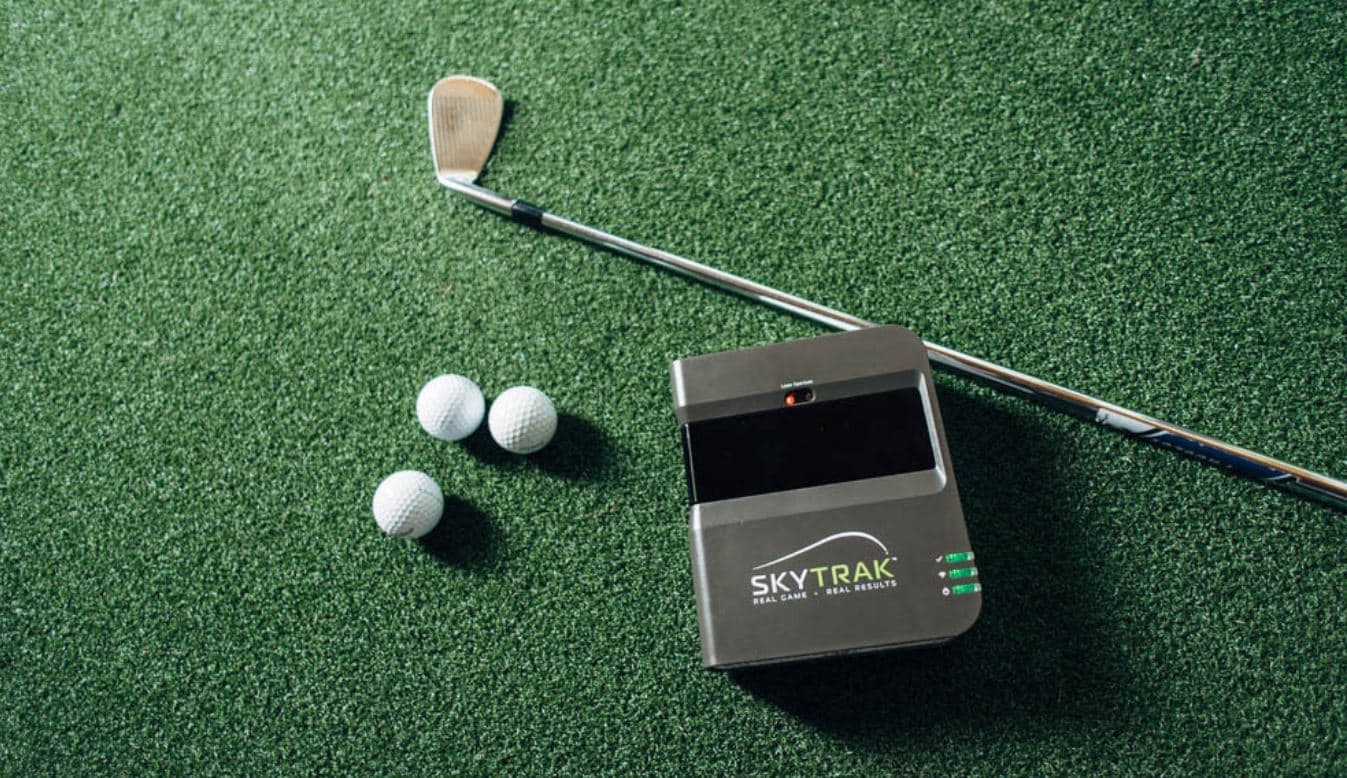
Approach golf the same way you would your investments.
Analyze your performance to identify your strengths and weaknesses. The most effective way to achieve this is by setting yourself up with a launch monitor.
It will help you understand the spin rate, ball speed, clubhead speed and loft you need to maximize your distance with each club. Although premium launch monitors can fetch upwards of $20,000, the Flightscope Mevo is an affordable alternative.
Furthermore, a launch monitor provides data on the shape and accuracy of your shot, as well as carry distance. By analysing this data, you can see how much straighter and further you hit each club.
Keep Scores, Track Your Yardages
Keeping score is vital if you intend to gain a handicap, you will need to keep score on every hole and tally the total after each round.
According to the USGA, you can get a handicap when you are a member at a club and have completed 54-holes. The better that you become at golf, the lower your handicap will become.
It also helps to use a rangefinder device with a distance tracking feature to record your yardages. That will help you understand how far you hit each club.
If you want further details, note the conditions and the type of grass to understand how you perform in varying scenarios.
4. Get Lessons If You Need To
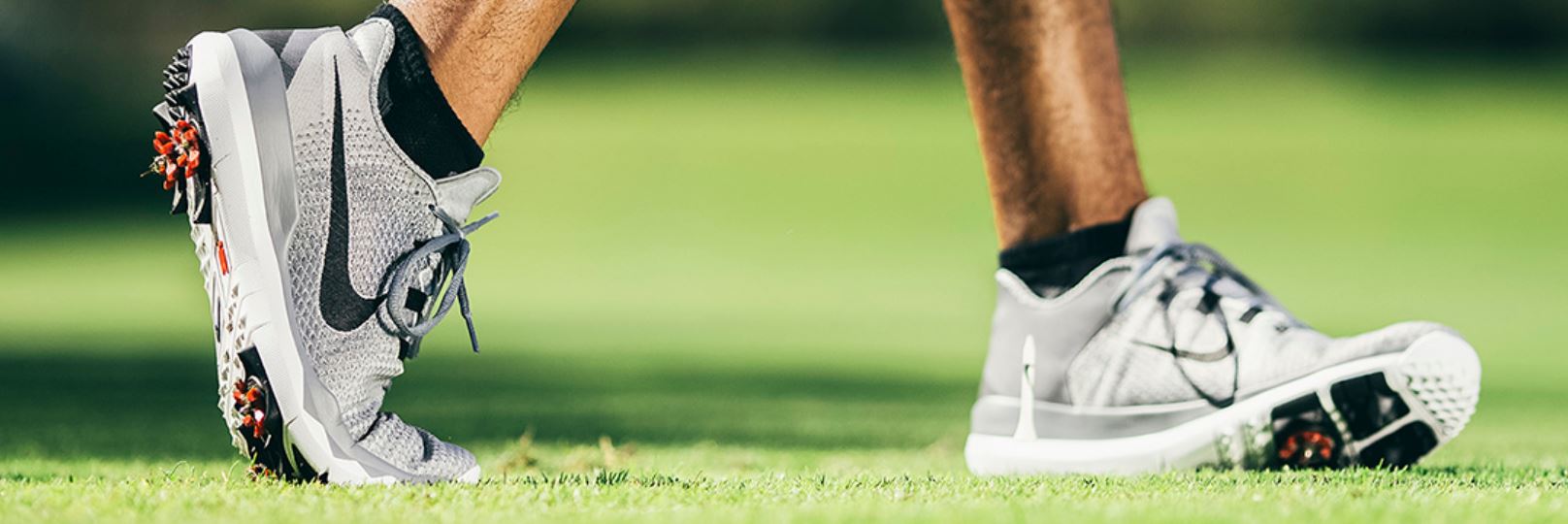
I played golf for `14-years before I took my first lessons, and it was catastrophic. My coach changed everything about grip and swing, causing me to become a hacker.
However, the coach was trying to help me get the fundamentals correct, as one should. The problem was that I was already set in my ways.
I suggest not making the mistake I made and going for lessons before you start playing. Learning from a qualified professional can only help you excel faster and understand the intricate details surrounding the mechanics of a golf swing.
5. Don’t Forget To Practice Putting
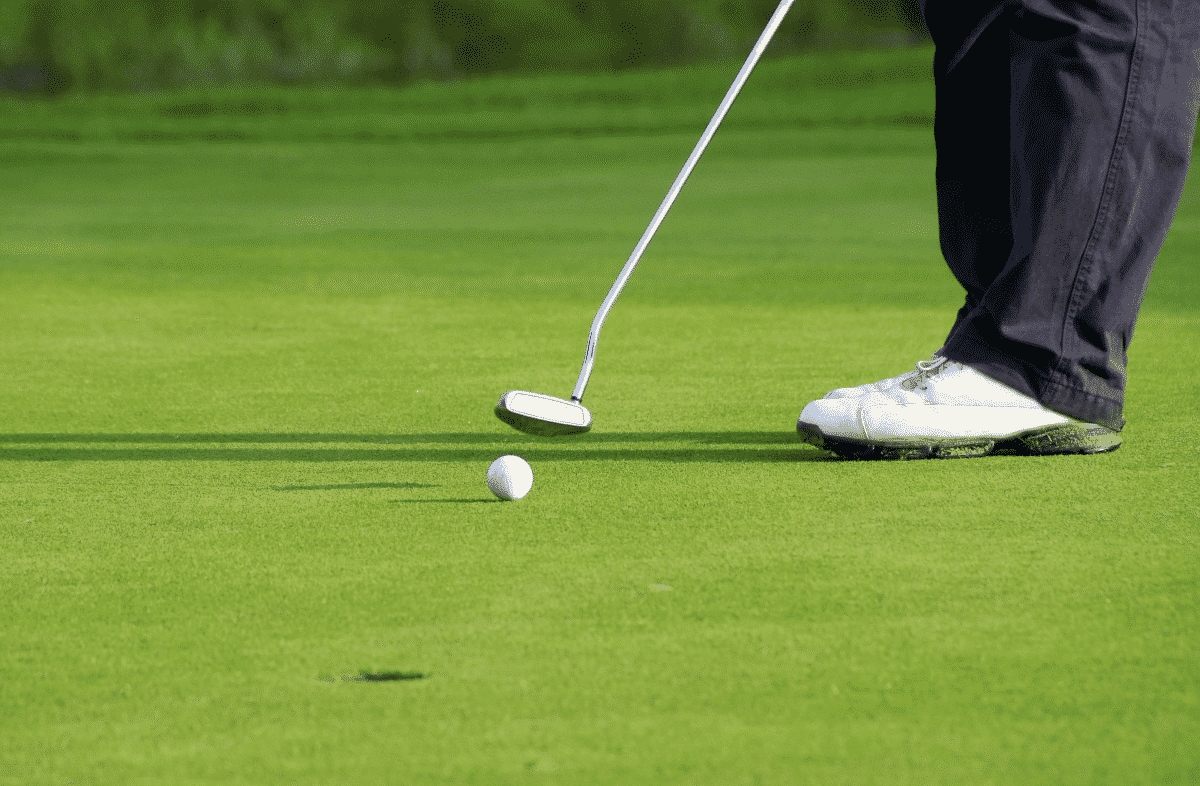
The late accomplished South African golfer Bobby Locke famously said, “no matter how well I play the long shots, if I couldn’t putt, I would never win.” Locke, alongside Ben Crenshaw, is regarded as two of the greatest putters to ever play the game.
The point is if you intend on lowering your handicap and becoming a better golfer, you need to know how to putt.
We only hit our drivers on par 4’s and 5’s, but we pull out the putter on every hole. Therefore it makes sense to spend more time practising your putting than long shots.
Club Tips For Beginners
Tips For Hitting The Driver & Common Issues + How To Solve

Your setup to bomb a driver is different to all the other clubs in your bag.
That is because you place a ball on a tee, and you need to hit it on the up, which means that you need to position it forward in your stance.
If you place the ball too far back in your stance, you will catch it on your downswing and send the ball flying into the ground a few yards in front of you.
The other common problem is that players tee the ball up too high or low. If the tee is raised, it can cause you to balloon your shots and lose distance.
Conversely, when your tee is pressed down, you may struggle to launch your ball, leading to low flight and a loss of distance.
Furthermore, focus on keeping your clubface square at impact.
If it is open when you strike the ball, you will generate excessive fade side spin, leading to a slice. Conversely, if your face is closed at impact, it can produce high draw spin, resulting in a hook.
If you struggle to keep your face square at impact, you can look at drivers with a draw or fade bias to compensate for the sidespin.
Tips For Hitting Irons & Common Issues + How To Solve

Unlike your tee shots where you hit the ball on the up, irons require you to strike them on your downswing.
This action causes endless problems for beginners who have a steep angle of attack as they tend to hit behind the ball or catch the top of it. Either way, the ball goes nowhere.
If you are topping the ball, try placing it slightly forward in your stance to compensate for the angle of attack.
Conversely, if you are hitting the ground before the ball, placing it back in your stance will allow you to strike the ball before anything else.
Golf Pitching Tips & Common Issues + How To Solve
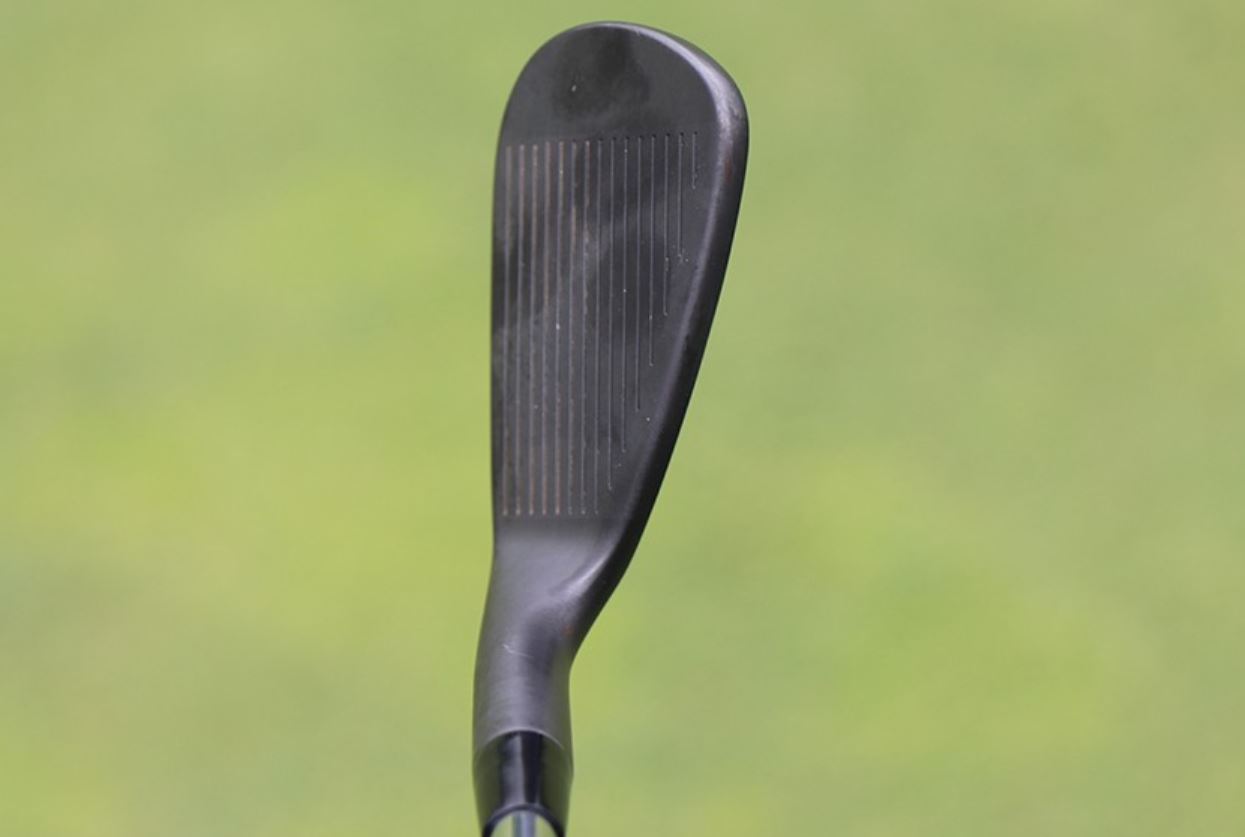
Golf Magazine’s Kellie Stenzel describes a pitch shot that travels further in the air than it rolls.
The secret to successful pitch shots is selecting a club with weakened loft, swinging easy, and hitting down on the ball.
The biggest challenge that beginners have with pitch shots is the distance control of the pitch. Like an iron, the bigger your backswing is, the further the ball with travel.
I urge you to practice your pitch shots as much as your drives and long iron shots to improve your precision.
Golf Chipping Tips & Common Issues + How To Solve
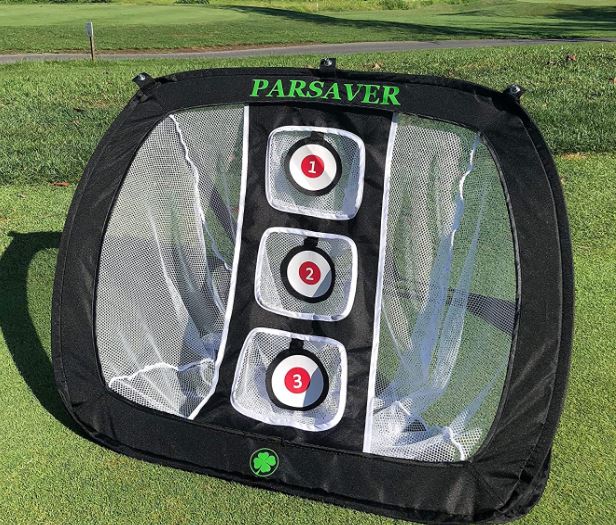
The short game is where it goes wrong for most golfers.
Thin and fat shots, combined with inaccurate distance control and not reading the slope of the greens, causes chaos for the average player.
For starters, beginners lift their heads on chips. That leads to the club hitting the ground before the ball or catching it in the teeth. To solve this problem, keep your eyes on the ball through the shot.
The next problem I see is beginners not factoring in the slope of the green.
A chip means that your ball runs along the ground for longer than it is in the air. If you don’t read the green, it is challenging for your ball to end near the hole. And to get up and down.
Tips For Putting & Common Issues + How To Solve
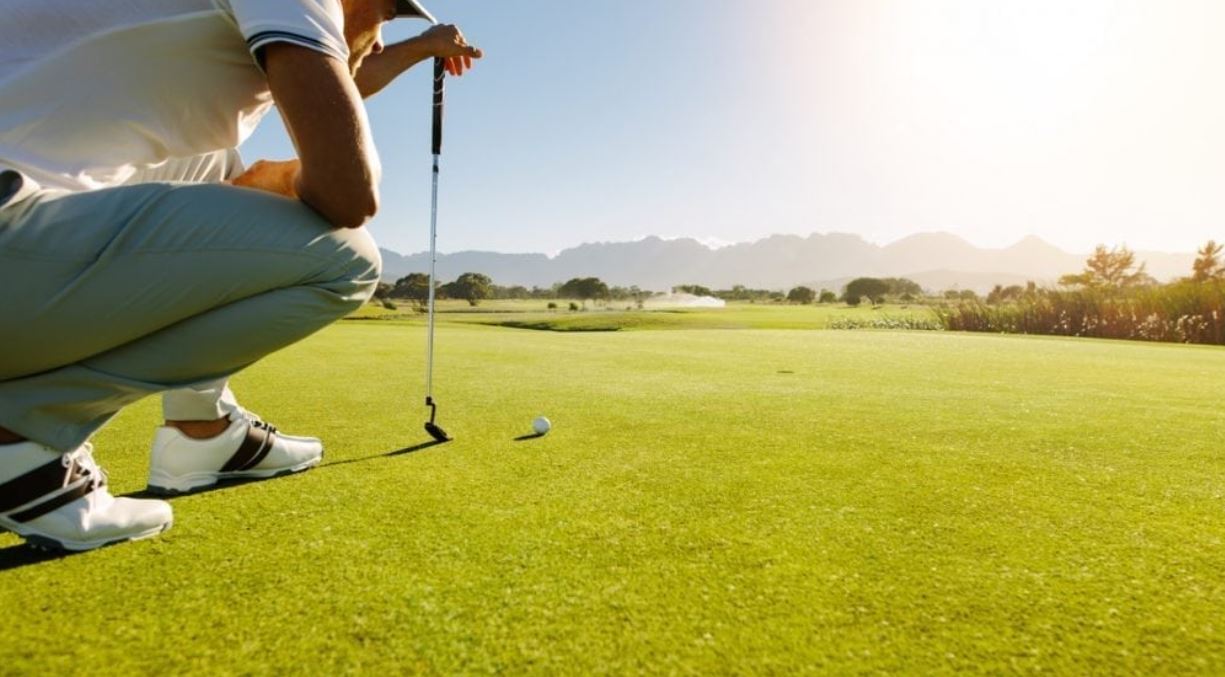
Stroke, line and speed. These are the three factors that you need to accurately judge to improve your putting. A fluid stroke helps you to make clean contact with the ball and induce optimal topspin.
Beginners often stab their putts and don’t follow through, causing the ball to bounce rather than roll. When the ball bounces, it loses speed and can veer offline.
The next factor to focus on is the line. If you start your ball off on the incorrect line, there is a limited chance that it will finish in the vicinity of the cup.
Look at the gradient between your ball and the cup, and identify where the green breaks. Then aim for that spot and allow the slope to take your ball to the hole.
Finally, the speed of a putt is where so many of us get it wrong. If you are facing a downhill putt, place the ball towards the toe of the putter. That takes topspin off the ball and promotes a slower roll.
On uphill putts, you need to judge the feel of the green. The best way to figure this out is to spend time on the practise green before your round.
Common Golf Terms You Need To Know

Fore
When your ball is travelling in the direction of other players, shout Fore to warn them to take cover.
Birdie
You get a birdie when you score one stroke less than the par for that hole. For example, when you score 3 on a par 4,
Par
Every hole on the course has a par score. There are three types of pars, 3, 4, 5. The higher the par score, the longer the hole is. You achieve a par when, for example, you get the ball into the hole in four strokes on a par 4.
Bogey
Contrary to a birdie, a bogey is when you register a stroke higher than the par score. For example, you card a four on a par 3 hole. If you card a five on a par 3. Then you register a double bogey, while a six would earn you a triple bogey.
Conclusion Of Top Tips For Beginner Golfers
There you have our top tips for beginner golfers.
Now that you have a better understanding of what equipment to use.
And how to improve your game, the rest is up to you. Keep practicing, stay patient, and prepare for a lifelong commitment to the finest sport ever invented.

